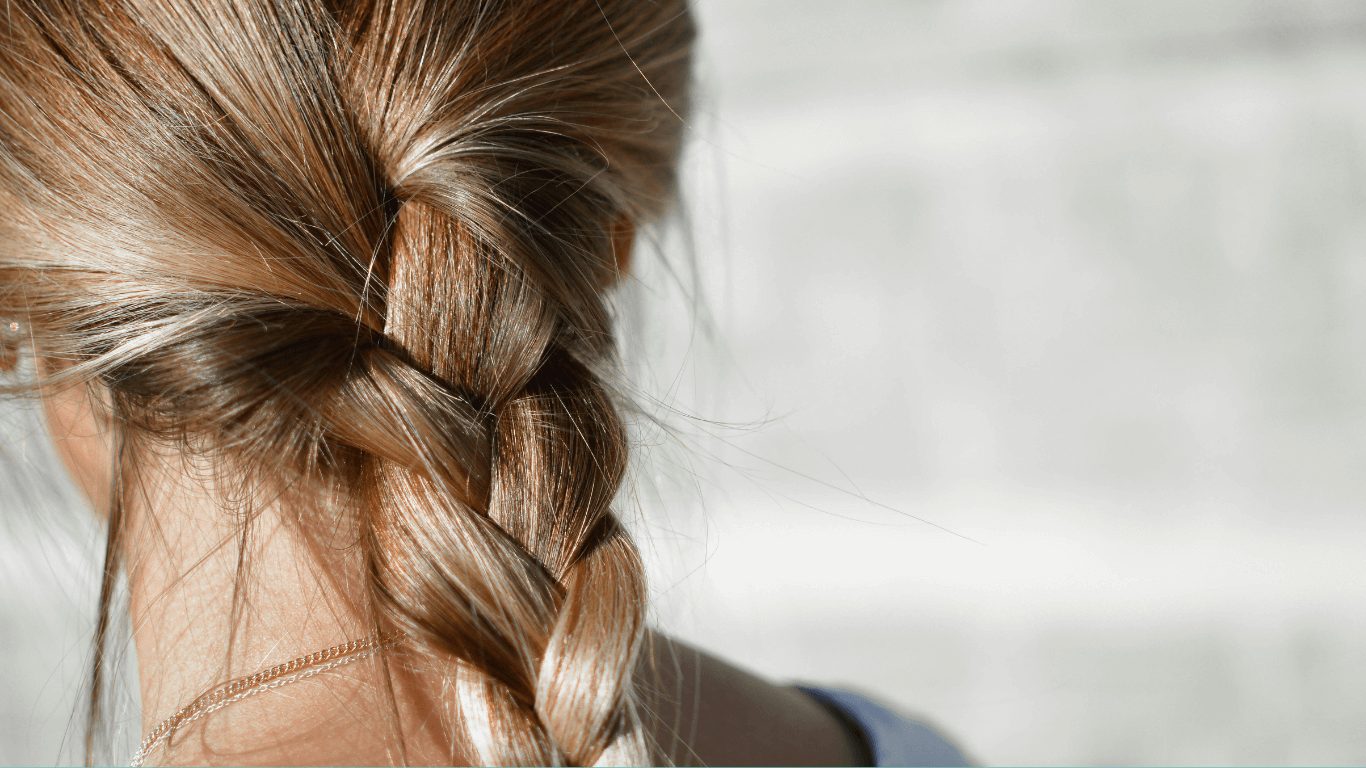
Despite affecting 2% of the world’s population, Trichotillomania doesn’t often come up in conversation.
Disorders such as Schizophrenia and OCD are featured heavily in the news despite their prevalence being lower, with Schizophrenia affecting around 0.32% and OCD affecting between 1-3% globally.
In this article, we’re going to discuss what Trichotillomania is, the symptoms, the causes and the treatment available.
Trichotillomania, also known as trich or TTM, is when someone feels compelled to pull their hair out. It sits under the umbrella of Body-Focused Repetitive Behaviours (BFRBs) and is listed under ‘Obsessive-Compulsive Disorder and Related Disorders in the latest Diagnostic and Statistical Manual of Mental Disorders (DSM).
A person might want to pull out the hair on their head or from other areas of the body, such as the eyebrows or eyelashes.
Trichotillomania usually begins between the ages of ten and thirteen years old.
A person suffering from Trichotillomania will likely feel an intense urge to pull one’s hair out, and they will feel tense until they can. They will feel relieved once they have pulled the hair out.
If a person with Trichotillomania is under stress, they will likely respond by pulling their hair out or it could be done without them even thinking about it.
The majority of people with Trichotillomania focus on pulling hair from their head, but they may also pull hair from the following areas:
Trichotillomania can cause low self-esteem and shame to the person dealing with it so they may try to hide it.
There isn’t a solid cause known but the following genetic and learned factors are likely to have an impact:
Trichotillomania is often treated using a branch of CBT called habit reversal training. This type of CBT helps a person replace their negative habits with something that isn’t harmful.
The treatment will usually involve:
Medication isn’t usually prescribed to treat Trichotillomania.
There are also some things that a person can try before committing to CBT:
We hope you enjoyed reading our article.
Connect with us on social media for service updates, articles, and more.
You can find us on Facebook, Twitter, LinkedIn, and Instagram.
Mayo Clinic – Trichotillomania
BFRB UK & IRELAND – What are Body-Focused Repetitive Behaviours (BFRBs)?
Photo by Tamara Bellis on Unsplash.